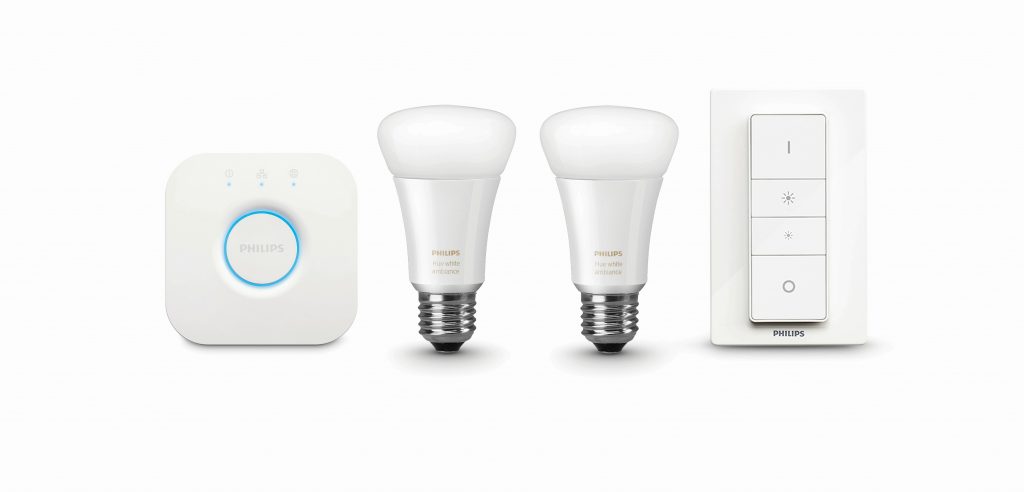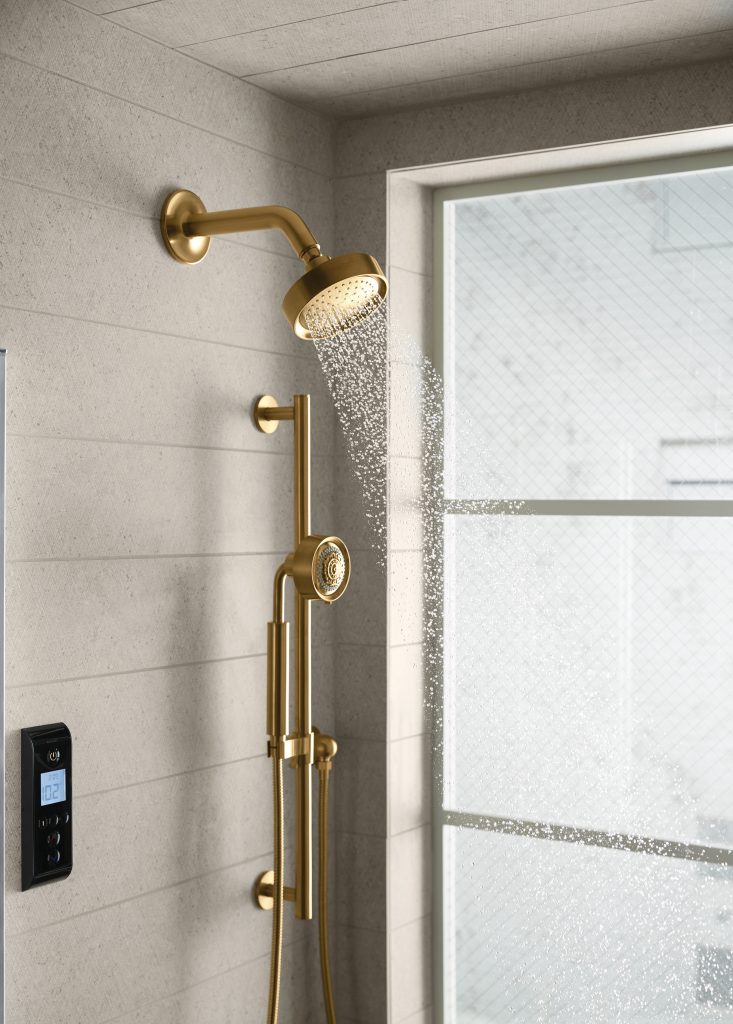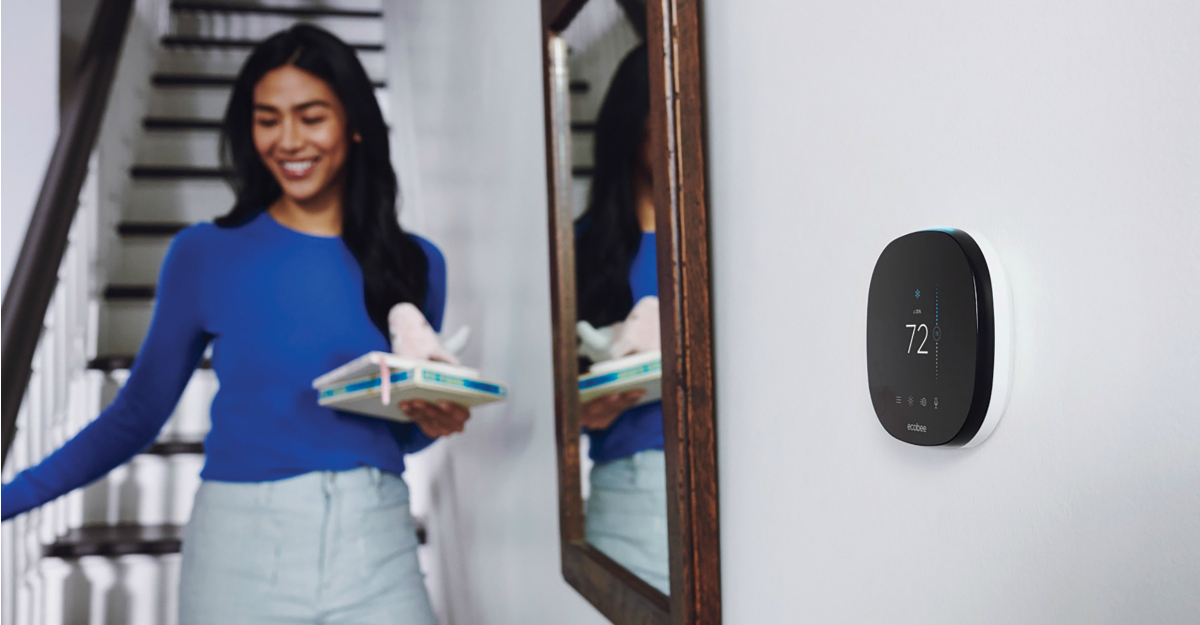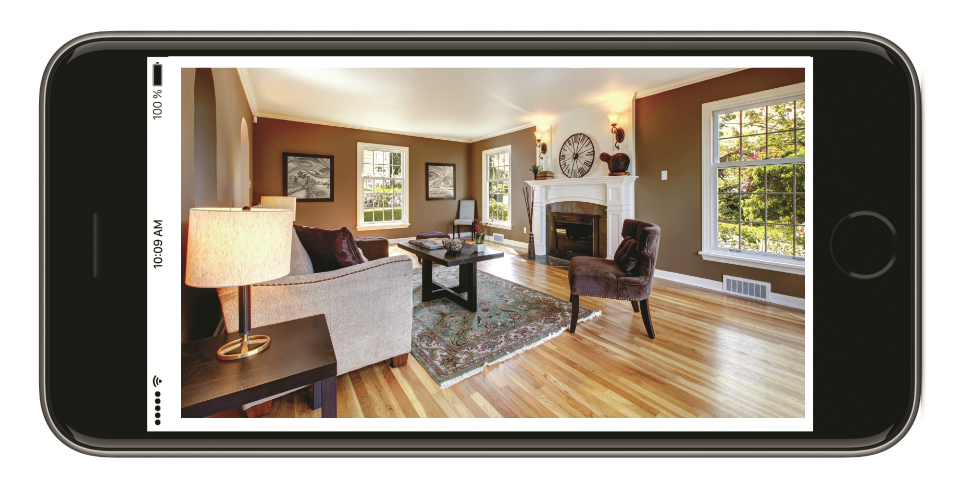There’s no doubt that connected devices have made our lives easier, smarter and safer. But is there also an opportunity for smart technology to help us live more sustainably?
With the average household spending about $2,000 on electricity bills per year, according to the U.S. Energy Information Administration, advances in thermostats, lighting, plumbing, home appliances and more are making it easier for the average consumer to monitor and maintain their energy and water usage. This is not only good for the wallet but the environment.
HEATING UP AND COOLING DOWN
Smart temperature control is the first step to a more sustainable use of energy for the aver- age homeowner, and it is easy to see why with heating and cool- ing making up almost 50% of total home energy use, according to thermostat manufacturer ecobee, which introduced the first smart Wi-Fi thermostat in 2007. Connected thermostats work by allowing homeowners to control and monitor the heating, cooling and humidity levels in their homes easily from an app on their phones.
“Installing a smart thermostat reduces daily resource consumption, automatically taking what is needed from the energy grid without sacrificing comfort,” says Kathryn Checkley, manager of sustainability for eco- bee. So far, ecobee has helped homeowners save up to 23% in heating and cooling costs, but Checkley notes that home efficiency is about more than cost savings.
“Since more than half of home energy use is for heating and air conditioning, ecobee’s better heating and cooling manage- ment inherently reduces users’ carbon footprint,” Checkley says. An internal study of thermostat savings from 2014–2018 indicates that ecobee smart thermostats reduce emissions by an average of one metric ton of CO2eq per home, which is powerful, considering the aver- age North American has a personal carbon footprint of about 17 tons per year.
“You can kind of pick and choose how you manage temperatures at different times of the day and different times of the week, based on how you set up a thermostat,” explains Gary Trucinski, principal owner of AVLET Inc., a commercial and residential technology ser- vice provider that manages about 26 houses around Lake Geneva.
A smart thermostat will also alert the homeowner or whoever is managing the home such as a company like AVLET if the temperature or humidity level falls below a certain point.
“Many of our clients have more than five zones of heating and cool- ing in their house, so they want to be able to pull up an iPhone or an iPad app and see all five zones and get an indication right away what the temperatures are in those areas,” Truckinski says, explaining that “then they know right away if there’s a problem or something they should pay attention to.
“Those apps also have the ability to alert us or the HVAC contractor that we’ve got a problem that needs to be checked on,” he adds.
LET THERE BE LIGHT
Growing up, you may have heard the common parent refrain: “Turn off the lights!” Of course, it probably had to do with saving money— but the energy savings smart lights afford have some major green benefits as well.
Like smart thermostats, smart lights allow you to turn your home’s lights on and off from your smartphone or by voice activation. Philips Hue, one of the biggest names in smart home devices, often tops the list of best smart bulbs and offers one of the largest selections in a variety of hues, such as white, color and ambient. The brand also offers the convenience of a central hub that allows the home- owner to control each bulb from one mobile app.
Additionally, some smart lights such as those offered by Philips Hue offer dimmer functions, which have the potential for an even greater impact.

“Dimming a light bulb just 10% can double the life of the bulb and reduce your burn by 25% on your electricity. So, dimming down any lights is a tremendous benefit to everyone in terms of burn and life expectancy of the bulb,” Trucinski says.
WASTE NOT WATER
According to the United States Geological Survey Water Census, if all U.S. households installed water-saving features, water use would decrease by 30%, saving an estimated 5.4 billion gallons per day. That is a compelling argument for considering smart upgrades in the kitchen and bath.
Smart plumbing features include faucets and shower heads, which can monitor water usage via smartphone apps where you can set threshold and view water and heating savings. Some shower heads even feature LED lights that turn the water spray blue, green, purple or red based on the volume used.

“Homeowners are looking for insight on how they can better manage their resources within the home—including water and energy,” says Jonathan Bradley, product manager, smart home at Kohler Co.
The Wisconsin-based manufacturer, known for its beautiful and functional plumbing products, is also driven by sustainability. Integrating its products with technology allows them to take it one step further.
For example, Kohler’s new Aquifer Refine Water Purification System allows homeowners to purify water while also monitoring water usage and leak detection. In the bathroom, Kohler’s DTV Prompt digital showering system with Eco-mode is an integrated diverter that meets CalGreen requirements, a set of building codes established by the state of California to reduce greenhouse gas emissions to 1990 levels by 2020. In addition, it offers a water-conserving warm-up mode, a pause function that halts water flow for up to two minutes and an option to set the shower duration to save time and water.
“Technology has and will continue to play a crucial role in how our products can help homeowners implement sus- tainable practices in their everyday lives,” Bradley adds.
Ultimately however, using all of these technologies together in a true smart home is the best option for more sustainable living, according to Trucinski.
“Sustainability-wise, a connected home can give you that, but a connected home again requires you to initiate it every day. People today are very busy because life has become more complicated than it’s ever been, and there’s a lot of information at our fingertips. Sustainability comes easier in a smart home where you can put these programs together and put them in play by the touch of a button or by an activation of a voice command,” he concludes.
By Amy Wunderlin | Image courtesy of ecobee





